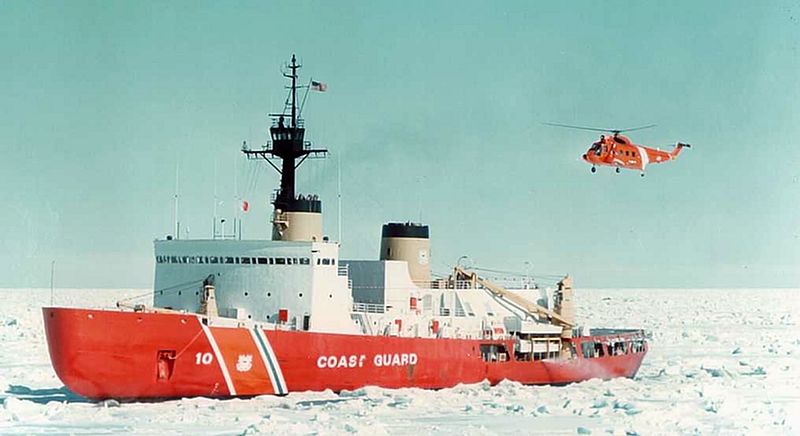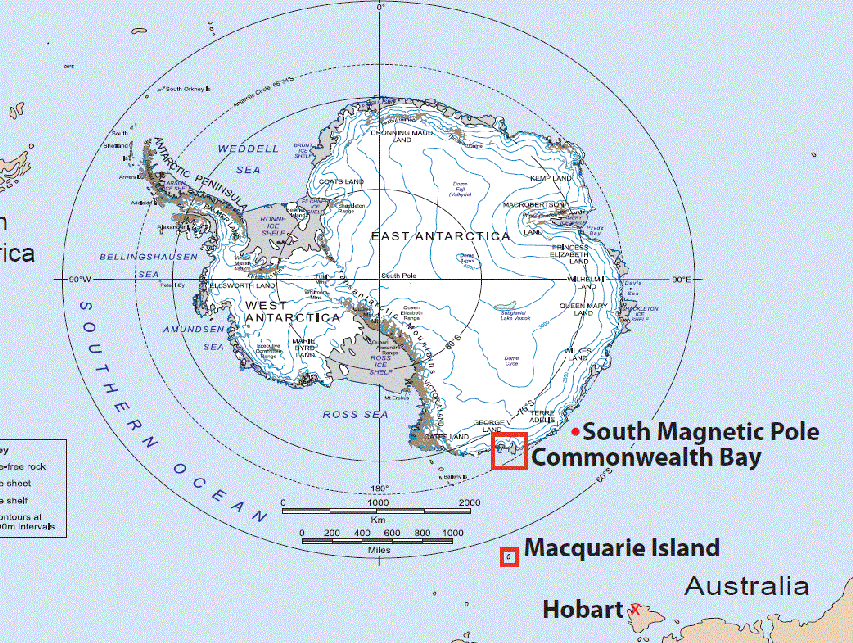At Postcards From Barsoom, John Carter discusses the pros and cons of colonizing Mars:
… we’re on the good timeline now.
Not everyone appreciates the good timeline. A persistent current of discourse holds that we shouldn’t go to Mars, that it is a misbegotten ambition, unrealistic, unprofitable, and even counterproductive. “Antarctica would be easier”, they say, “We should start there if we start anywhere”. Mars is too difficult; the technology doesn’t exist; it’s fantastically expensive, with no conceivable profit to be derived from a frigid desert littered with dead rocks, where the clouds themselves are made of red dust, where the air is too thin and toxic to breathe, where nothing can possibly grow. Therefore, they pronounce, we shouldn’t go. We shouldn’t even try to go. We should use our limited resources to solve our pressing problems down here on Earth – climate change, poverty, racism, the gender pay gap, the refusal of the chuds to use the correct pronouns.
Leave aside that if Europeans had waited to solve Europe’s problems, they never would have left.
Leave aside that “we” aren’t doing anything. Some people will use their resources to try this audacious thing; others will use their resources to do other things. The oft-heard phrasing of “we” presupposes that “our” resources are a collective property, their usage to be decided on the basis of utilitarian calculations carried out, presumably, by panels of self-selected technocratic experts. That collective ownership and central planning has been calamitous every time it has been applied in earnest is no barrier to the appeal of the idea over a great many minds.
Leave aside also the economic case for Martian settlement. That case has been made, and made well, by Devon Eriksen in his essay “The Trillionaires of Mars“.
Briefly, Mars is valuable because its shallow gravity well and proximity to the asteroid belt provides an ideal planetary surface on which to build the industrial infrastructure necessary to refine asteroids into useful metals and finished manufactured products, which can then be sent back to the terrestrial market (or shipped elsewhere in the solar system). As to the comparisons to Antarctica, planetary scientist Peter Hague
has addressed this in detail.As Hague points out, Antarctica’s geography means that it receives a vanishingly small amount of solar radiation (and during the winter, none at all). In contrast, while Mars’ greater distance from the Sun (an average of 1.5 Astronomical Units) means that it only gets about 44% of Earth’s irradiance, this is still a lot more than Antarctica. Growing crops is a lot easier on Mars than it is on Antarctica, where it can only be done hydroponically. Setting up shop on Mars means that we can use this solar energy not only to generate electricity, but also for agriculture. On Mars, in principle, one merely mixes human waste with the regolith (after removing the perchlorates) to turn it into topsoil, puts it in a transparent dome, fills the dome with air, and plants the potatoes.
Mars is certainly the easiest extraterrestrial body in the solar system to settle, occupying a sweet spot with its combination of proximity to the Earth, low gravity, an atmosphere, and abundant local resources. It therefore makes perfect sense that it would be prioritized for colonization. It’s Level 1 in the game of becoming multiplanetary. Other bodies may offer much richer prizes in the long run, but they’re also far more challenging.
Still, pace Devon, it’s unlikely that Mars will be profitable in the short run. Even asteroid mining will, at least initially, be far more useful for in situ space manufacturing than it will be for the terrestrial market. As Eriksen points out, correctly, if you strip-mine a quadrillion-dollar asteroid of nickel, iron, and platinum group metals and ship them back to Earth all at once, you’ll just crash the value of those metals. Supply and demand 101. Then again, as Eriksen also points out, raw materials aren’t just numbers on a commodity exchange: they’re actual, physical stuff that you can use to build things, and when society has more of it, society is wealthier in real terms … something that we often forget in our hypothecated financial economy. This is a point I’ve made myself, in the context of a wider discussion about why we should fix our gaze upon the heavens, and ignore those who demand that we wallow perpetually in the mud.







